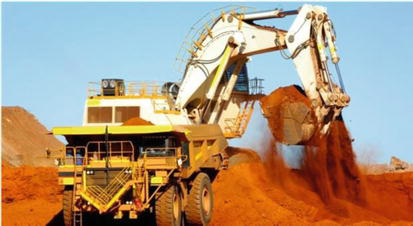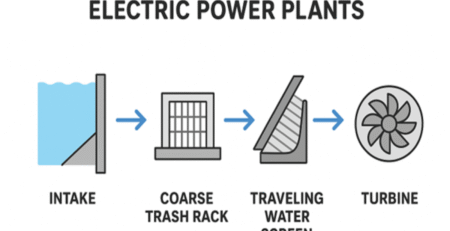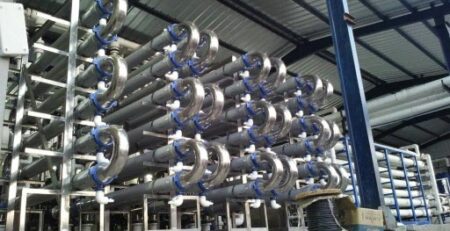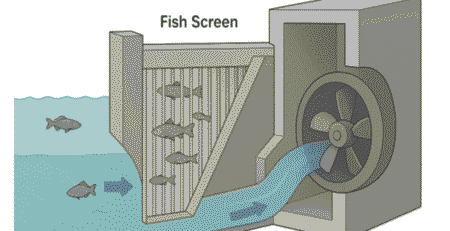Use of IoT and Artificial Intelligence for Gas Exploration in Unmanned Natural Gas Wells
Use of IoT and Artificial Intelligence for Gas Exploration in Unmanned Natural Gas Wells
1. Introduction
Gas exploration in unmanned wells presents unique challenges due to remote locations, harsh environments, and the critical need for continuous monitoring to ensure safety and maximize production efficiency. The integration of Internet of Things (IoT) and Artificial Intelligence (AI) technologies has revolutionized the management and operation of unmanned gas wells, enabling real-time data acquisition, intelligent analysis, and automated decision-making.
2. Role of IoT in Unmanned Gas Wells
IoT technology acts as the sensory system in unmanned gas wells by deploying a network of smart sensors and connected devices to continuously monitor vital parameters such as:
- Pressure and temperature at various points in the well and surface equipment
- Gas flow rates and composition analysis (methane, CO₂, H₂S content)
- Vibration and mechanical integrity of pumps, valves, and compressors
- Leak detection sensors for early identification of hazardous gas emissions
- Power supply status and communication health monitoring
These sensors transmit real-time data via satellite, cellular networks, or low-power wide-area networks (LPWAN), enabling remote visibility into well conditions without the need for on-site personnel.
3. Role of Artificial Intelligence in Gas Exploration
AI processes the massive volumes of IoT-generated data to deliver actionable insights and autonomous control, including:
- Predictive Maintenance: AI models analyze sensor data patterns to predict equipment failures or wear, allowing maintenance to be scheduled proactively before costly breakdowns.
- Anomaly Detection: Machine learning algorithms continuously monitor operational data to detect abnormal behaviors, such as sudden pressure drops or gas composition changes that could indicate leaks or well integrity issues.
- Optimization of Production Parameters: AI uses real-time data combined with historical production records to optimize choke settings, gas flow rates, and compressor operations for maximum yield and energy efficiency.
- Safety and Risk Management: AI-enabled systems automatically trigger alarms and shut down processes in case of hazardous conditions like gas leaks or abnormal pressure spikes, minimizing risks to infrastructure and environment.
4. Integration and Autonomous Operation
The combination of IoT sensing and AI analytics enables a closed-loop autonomous system in unmanned gas wells:
- Continuous data from IoT devices is fed into AI models deployed on edge devices or cloud platforms.
- AI algorithms interpret the data to make real-time decisions or recommendations.
- Automated control systems adjust well parameters or initiate emergency responses without human intervention.
- Remote operators receive summarized insights and alerts to oversee well performance and intervene only when necessary.
5. Benefits
| Benefits | Description |
| Enhanced Safety | Early detection and automatic response to hazardous conditions |
| Increased Production Efficiency | Real-time optimization of well operation parameters |
| Reduced Operating Costs | Minimized need for manual inspections and unplanned maintenance |
| Proactive Asset Management | Predictive maintenance reduces downtime and equipment failure |
| Environmental Protection | Rapid leak detection prevents gas emissions and environmental harm |
6. Conclusion
The use of IoT and Artificial Intelligence in unmanned gas exploration wells transforms traditional monitoring into an intelligent, autonomous system. This technology fusion ensures safer, more efficient, and cost-effective gas production while overcoming the challenges of remote operation environments.










